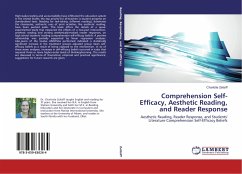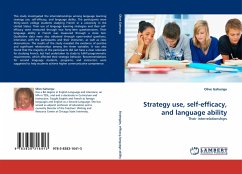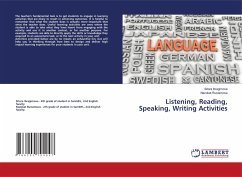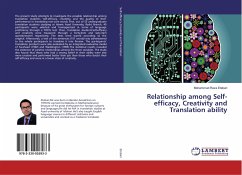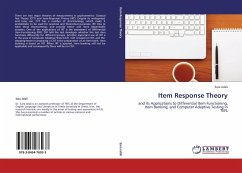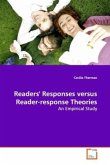High-stakes testing and accountability have infiltrated the education system in the United States; the top priority for all teachers is student progress on standardized tests. Reading for test-taking, (efferent reading), dominates the classrooms; authentic uses of print activities, like aesthetic reading, have been pushed aside. This book offers the details of a quasi-experimental study that measured the effects of a two-part intervention, aesthetic reading and writing aesthetically-evoked reader responses, on high school students' reading comprehension self-efficacy beliefs. A positive relationship was partially supported by linear regression analyses. Also,seven of the twelve ANCOVAs performed indicated a statistically significant increase in the treatment group's adjusted group mean self-efficacy beliefs as a result of being exposed to the intervention. In six of these seven analyses, increases in self-efficacy beliefs occurred in tasks that required three or more higher-orderlevels of thinking/learning. The results are discussed in terms of theoretical, empirical and practical significance; suggestions for future research are given.
Bitte wählen Sie Ihr Anliegen aus.
Rechnungen
Retourenschein anfordern
Bestellstatus
Storno

